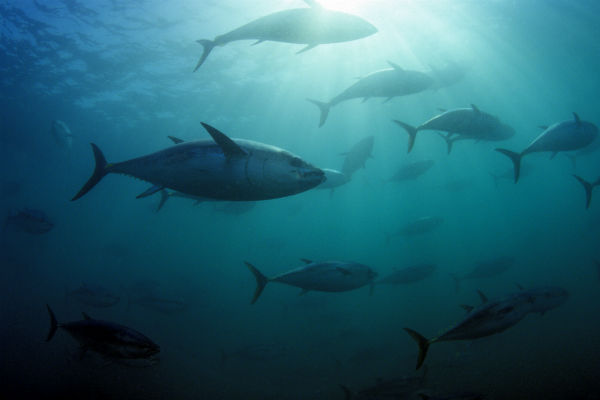Tuna in US found with elevated radiation levels from Fukushima

Researchers found “modestly elevated levels” of two radioactive isotopes in 15 bluefin tuna caught off the coast of San Diego, California in August 2011, according to the study published online by the Proceedings of the National Academy of Sciences (PNAS). The study found slightly higher levels of radioactive cesium-134 and cesium-137 in the 15 tuna, compared to bluefin tuna caught in the same area before the Fukushima nuclear disaster and to yellowfin tuna – which keep to the eastern Pacific – caught before or after the accident.
The fish had carried Fukushima-derived radioactive material across the ocean over the course of their easterly migration. These findings indicate that Pacific bluefin tuna can rapidly transport radionuclides from a point source in Japan to distant ecoregions and demonstrate the importance of migratory animals as transport vectors.
The elevated radioactivity posed no risk to public health as the observed levels were more than an order of magnitude lower than the Japanese safety limit and were lower than other naturally present isotopes. The researchers emphasized that the level of cesium isotopes detected would not endanger public health, especially as they give off far less radiation than potassium-40, a naturally present isotope found in all the fish.

Commenting rules and guidelines
We value the thoughts and opinions of our readers and welcome healthy discussions on our website. In order to maintain a respectful and positive community, we ask that all commenters follow these rules.